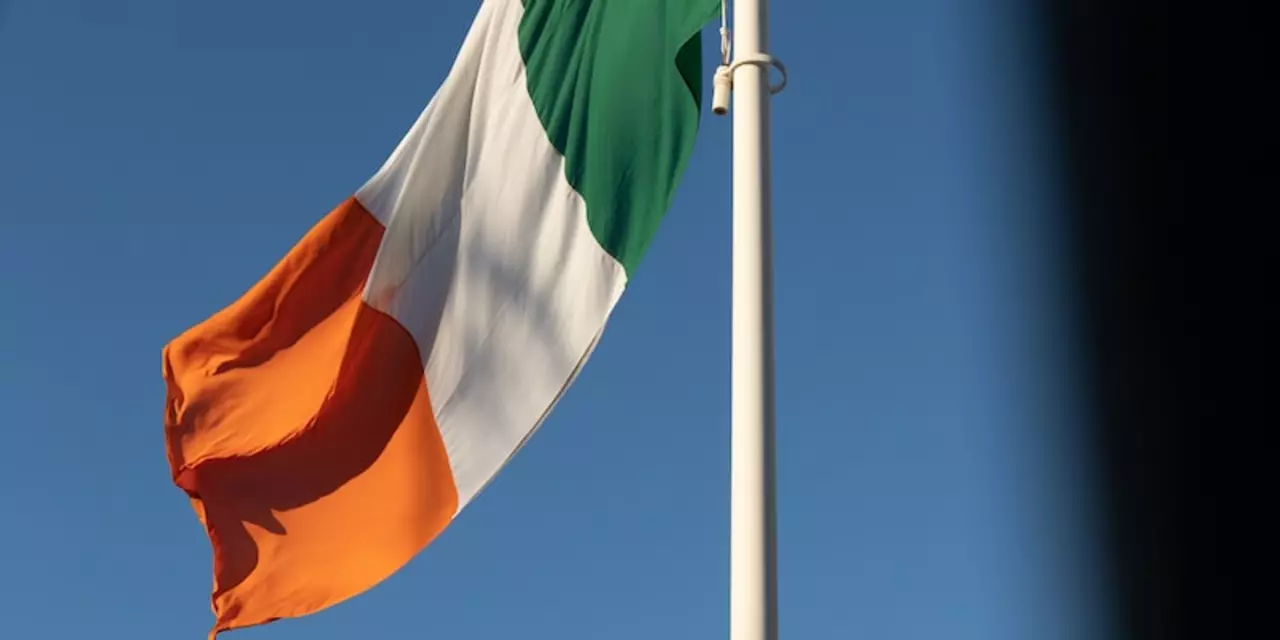Ireland Travel Guide: What to See, Do, and Know Before You Go
Thinking about heading to the Emerald Isle? You’re in the right place. Ireland offers rugged coastlines, lively pubs, and friendly locals who love to chat about legends and leprechauns. Below you’ll find straightforward advice that’ll help you make the most of every day, whether you’re on a tight budget or chasing a luxury getaway.
Must‑Visit Regions
First stop: Dublin. The capital is a mash‑up of history and modern vibes. Walk down Grafton Street for street performers, pop into the Guinness Storehouse for a quick taste, and don’t miss the historic Trinity College Library – the Book of Kells is worth the line.
Next, head west to the Wild Atlantic Way. This stunning coastal drive stretches over 2,000 km, but you don’t need to see it all. Pick a few highlights like the Cliffs of Moher for jaw‑dropping ocean views, the quirky village of Doolin for live traditional music, and the remote island of Inishbofin for a taste of solitude.
If you love rolling green hills, the heart of Ireland—County Kerry and County Limerick—won’t disappoint. The Ring of Kerry loops through dramatic scenery, while Killarney National Park offers easy hikes and serene lakes. Pair a hike with a stop at a local café for a full Irish breakfast, and you’ve got a perfect day.
Don’t forget the north. Belfast’s Titanic Quarter tells the story of the famous ship, and the nearby Giant’s Causeway looks like something out of a fantasy novel. The causeway’s basalt columns are free to explore, and the surrounding trails provide great photo ops.
Travel Hacks for a Smooth Trip
Timing matters. The shoulder seasons—late April to early June and September to early October—give you milder weather, fewer crowds, and lower accommodation prices. Pack layers; the weather can switch from sunshine to rain in minutes.
Driving is the easiest way to explore rural areas. Remember that Ireland drives on the left, and many roads are narrow country lanes. A compact car fits better, and it’s cheaper on fuel.
Public transport works well in cities. Dublin’s Leap Card gives you discounted fares on buses, trams, and trains. For intercity travel, the Irish Rail service connects major towns, and you can snag early‑bird tickets for big savings.
When it comes to food, try to eat where locals eat. Small family‑run pubs often serve the freshest seafood and hearty stews at prices lower than tourist hotspots. And don’t skip a pint of real Irish stout—most places pour it straight from the cask, which means a richer flavor.
Finally, keep some cash on hand. While cards are accepted almost everywhere, a few rural shops prefer cash, especially in the smaller villages.
With these tips under your belt, you’re set to enjoy everything Ireland throws your way. From buzzing city streets to quiet cliffs, the island packs a punch of experiences that stay with you long after you’ve packed your passport back home.

Where are modern Irish people descended from?
Modern Irish people are largely descended from two main groups: Gaelic Irish, who are descended from the Celts who arrived in Ireland around 500 BC, and Norman Irish, who are descended from the Norman invasions of 1169. The two groups have intermingled over the centuries, leading to a mix of genetic markers and cultural influences. The most common genetic marker in modern Irish people is R1b, which is associated with both Gaelic and Norman ancestry. Additionally, there is evidence of Viking, English, and Scottish influence in modern Irish people. Overall, modern Irish people are a diverse mix of many different ethnic and cultural backgrounds.
© 2025. All rights reserved.